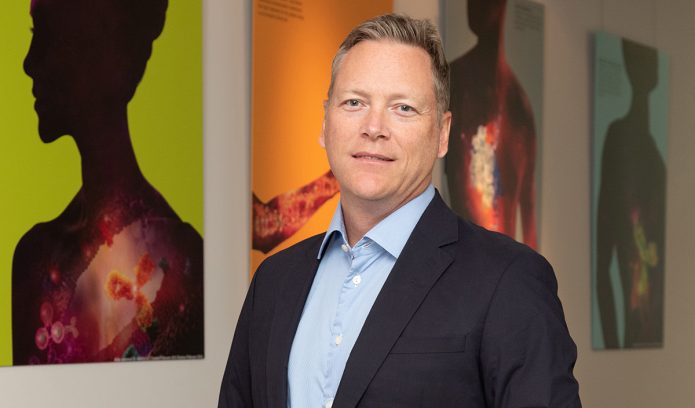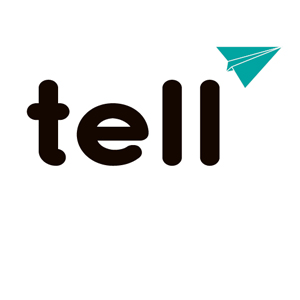Some x-rays and scans involve high doses of radiation
Many medical tests can cause problems. These can be indirect, for example when unhelpful or misleading results cause confusion or delay in reaching a diagnosis.
Harm can also be direct, when the test itself causes some damage. Top of the list is the radiation involved in x-rays and some other types of medical scans. This is a pretty basic issue, but I managed to complete five years of medical school without the matter being entirely clear.
If you are going to take only one thing away from this article, it should be that some scans don’t involve any radiation at all.
These include ultrasound, which uses sound waves and magnetic resonance imaging that, as the name suggests, uses a very big magnet.
No points for guessing that x-rays involve radiation, but it is helpful to know that some involve very low doses indeed. You will get about as much radiation flying from Tokyo to Hong Kong as from a chest x-ray: about 0.02mSv. We are exposed to more radiation in a high-altitude flight since there is less atmosphere above us to filter out rays from space.
Should you choose to skip the x-ray—or not go to Hong Kong—you’ll get this much exposure anyway in two or three days at sea level in the form of environmental background radiation.
Basic dental x-rays and films of the arms and legs are similarly low dose, however other x-rays (of the spine, pelvis and abdomen, or mammograms, for example) require much more radiation to give clear pictures.
A single view of your pelvis or a mammogram will typically expose you to about 0.7mSv—equivalent to 35 chest x-rays or as much radiation as you’d get flying from Tokyo to London and back six times.
While everyone knows that x-rays involve some radiation, the scan that people are most often unclear about is computerised tomography (CT)—sometimes called computerised axial tomography (CAT)—that is just a modern version of the x-ray.
A CT scanner basically passes a beam of x-ray radiation through you and uses a computer to reconstruct the information into a 3D image.
This is a very powerful tool and in many areas of medicine, CT scans have revolutionised diagnosis and treatment. However, this method does carry a price in terms of radiation dosing.
A CT scan of your abdomen might be expected to give you about 8mSv of radiation—almost the same amount as 400 chest x-rays or as you would receive from between 60 and 70 high-altitude return flights from Tokyo to London—perhaps two or three years of background radiation.
At the top end of the scale, a positron emission tomography–computed tomography (PET–CT) scan would give two or three times as much radiation as a CT scan (about 20mSv).
In a young person, a single PET scan is thought to increase the lifelong cancer risk by about 0.5%.
Doctors need to know how much radiation patients are being exposed to in order to make careful cost–benefit assessments. This is especially key in children and young adults, who are most vulnerable to the damage caused by radiation, and also particularly when performing screening tests.
Screening—or testing healthy people in the hope of detecting a problem before they notice any symptoms—demands a higher degree of care because it turns up fewer positive results.
If doctors perform chest x-rays on 1,000 people who have had a cough for several weeks, they will find that some have pneumonia while a few will, unfortunately, have something worse.
Were the same chest x-rays performed on completely healthy 30-year-old non-smokers, there is a reasonable chance that none of the x-rays would show anything of particular concern.
It would almost never be appropriate to offer a healthy non-smoker a much higher radiation chest CT as a screening test. Yet, I often see this being done on a routine basis as a part of some higher-end “executive” annual medical check.
This tends to be done without any process of informed consent; healthy people in large numbers are put through the scanner without any discussion about the radiation dose, and are increasingly being encouraged to do this on a yearly basis.
Most alarming of all, I have seen a central Tokyo clinic advertising PET–CT scans in an English-language magazine, but with no mention of the down side.
As this type of screening falls outside the Japanese social healthcare framework, clinics are free to charge what the market will bear—usually over ¥100,000 for one scan.
Not having visited the clinic in question, it may be that, if a healthy 20-year-old requested a PET–CT scan, they would be offered a dedicated consultation explaining the risks of the high radiation dose involved. They then might choose not to go ahead with the procedure.
However, my experiences lead me to believe that a detailed assessment of the need for any given person to have this scan may well be lacking.
The radiation hot spots identified in school and nursery playgrounds in Fukushima Prefecture, following the 2011 Tohoku earthquake and tsunami, were analysed and found to generate an average 0.0038mSv per hour. This would lead to a total yearly dose of about 20mSv—very similar to a typical dose from a PET–CT scan.
How many of us would pay to live in a Fukushima Prefecture radiation hot spot?






